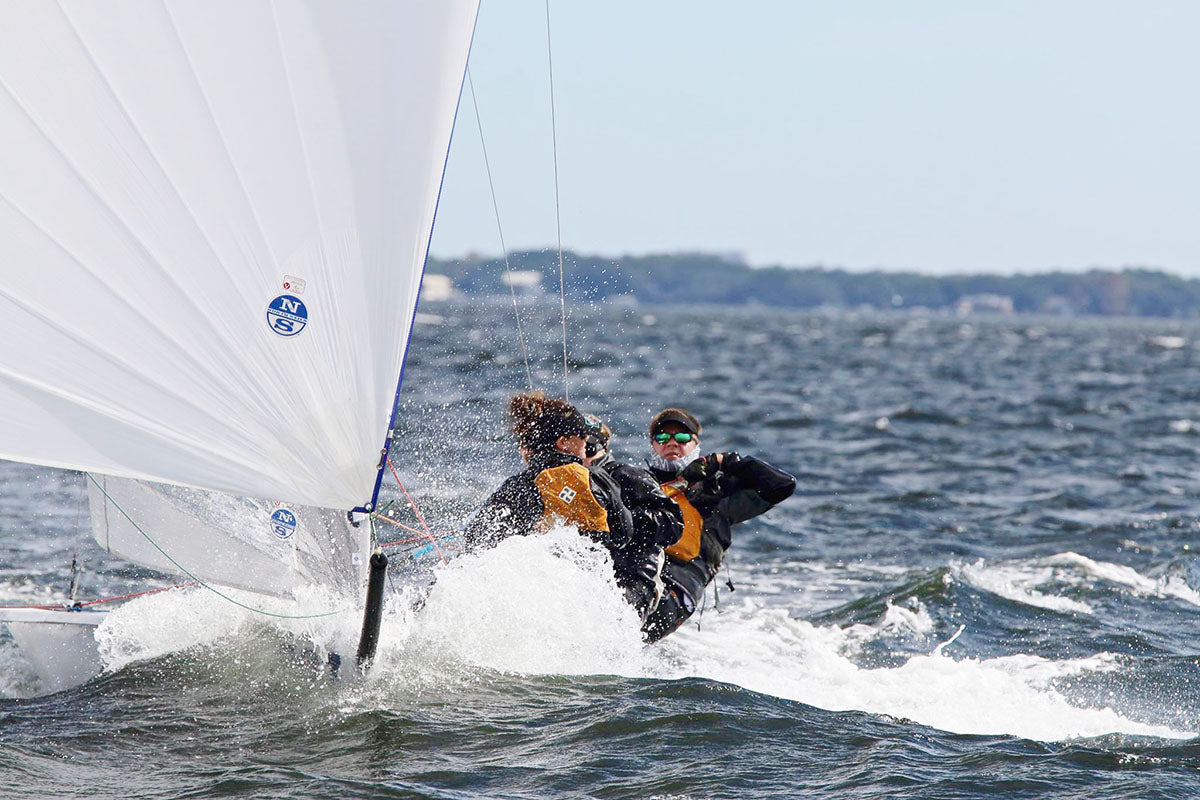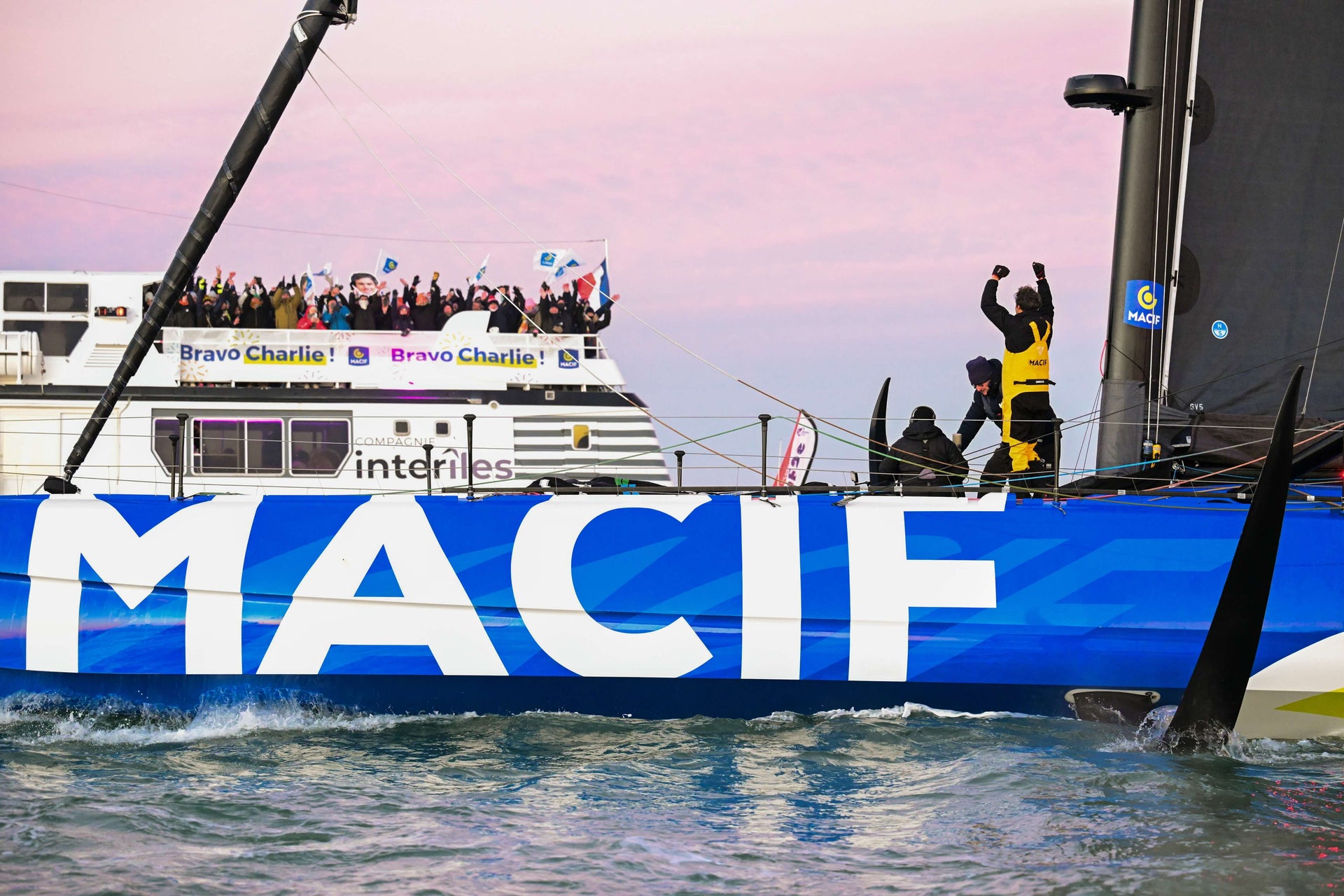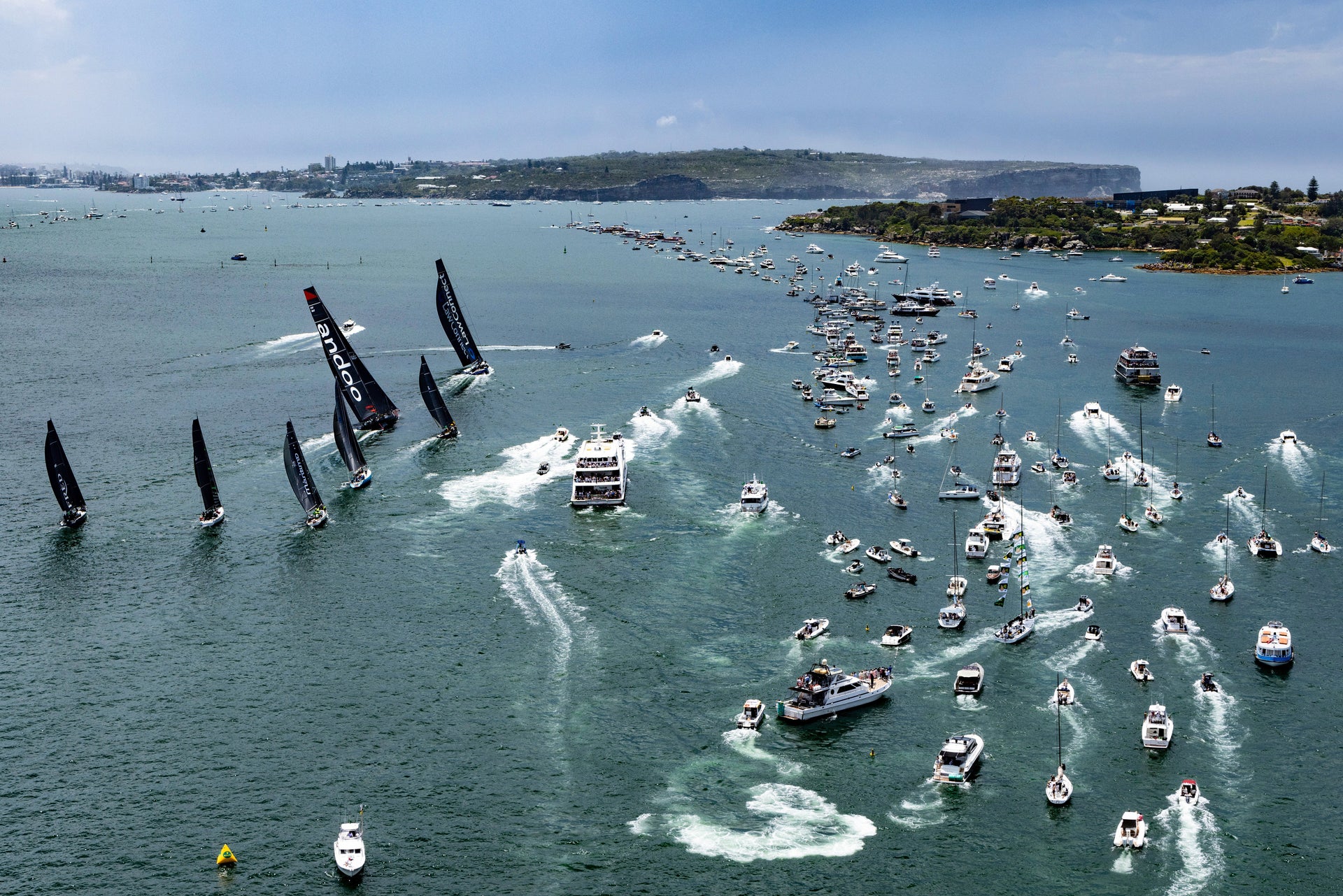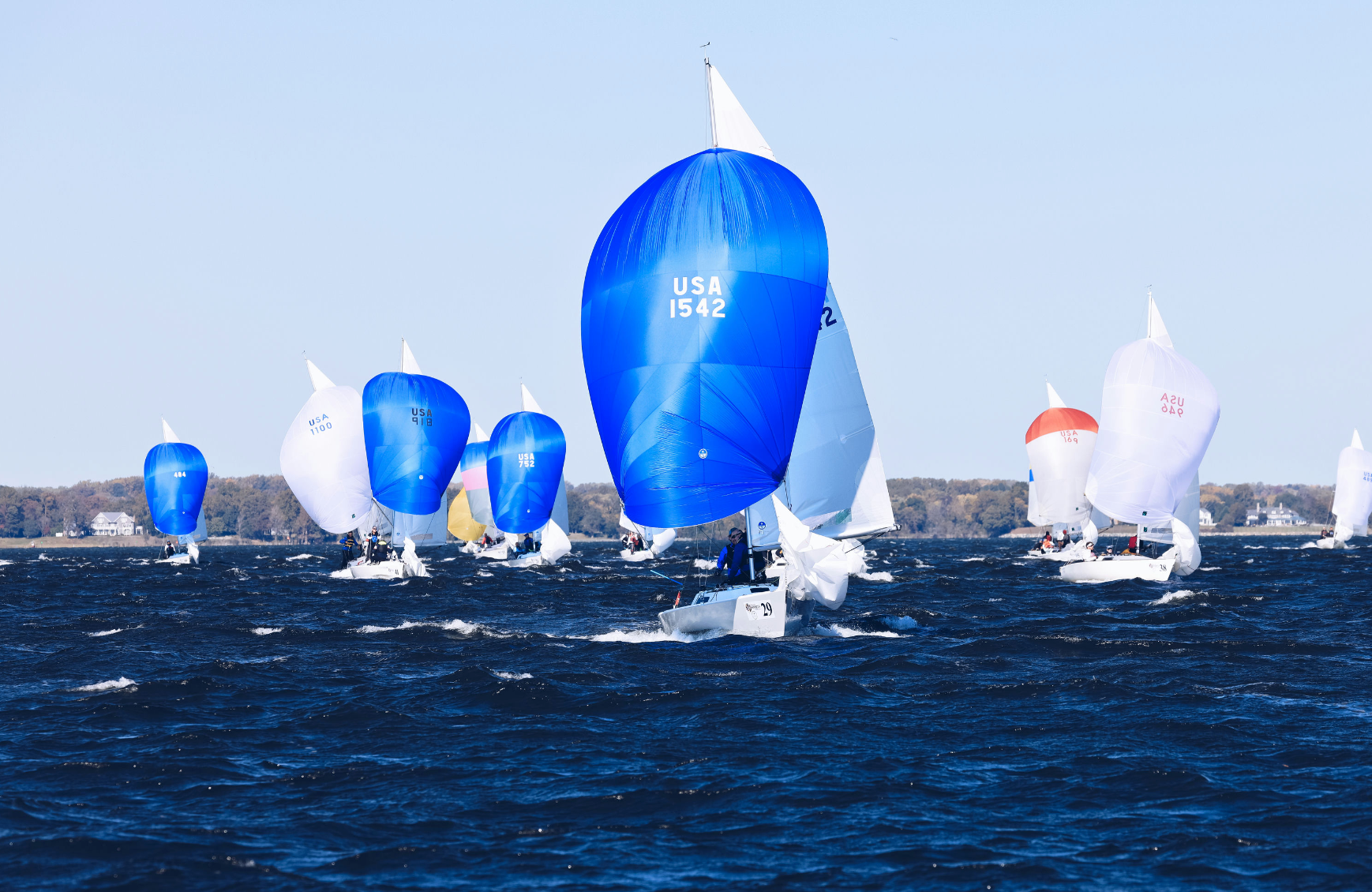VIPER 640 NORTH AMERICANS
2017 VIPER 640 NORTH AMERICAN CHAMPIONSHIP
North Clients represent at North Americans, proving consistency and fine tuning really pay off

The 2017 Viper North American Championship was hosted by Fort Walton Beach Yacht Club in Florida, where 55 teams competed in one of the biggest and most competitive Viper regattas in the history of the class. On Monday, North Sails experts Ched Proctor, Zeke Horowitz, and Jackson Benvenutti led a clinic for competitors who were interested to practice straight line speed and starting techniques. A video debrief concluded the day, with tons of great questions from sailors trying to sort out any last minute fine-tuning before the big event began. On Tuesday teams went out for a final shakedown to practice boat handling and crew work before the regatta started on Wednesday.
Day one was a long day but successful as the race committee was able to get four great races off. North clients sailed fast on the first day, putting them at the top of the scoreboard and ahead of the game early. Very shifty conditions gave the fleet challenges throughout the remainder of the week with eleven races completed by Saturday. The racing was very close, with little points separating boats in the top half of the fleet.
What we learned:
- Making sure you were ready for the shift and positioned to be in phase when the time came was key in this competitive fleet. Rig tension was a big topic, many teams setting their lowers tight enough to keep the mast straight and the headstay tight. Finding the right balance of mainsail trim to keep the boat flat enough did not allow too much headstay sag. The headstay tension on the Viper is key to maintain speed and point when boats are powered up in breeze and flat water.
- Rocket tensioners are quite popular in this fleet, but careful attention to the tension of your battens is important and something that all competitors seemed to note. When your battens are too soft, you will see vertical wrinkles along the batten pockets. When they are set correctly, the sail is smooth.
- Winning rig tune in big breeze was around 8 full turns on the uppers and 4 full turns on the lowers, when sailing with 3 ⅛” blocks. Flat sail, tight headstay, and windward sheeting was fast.
- Vang-on hard the second the main has to be eased, while pulling on more cunningham to take the overbend wrinkles out of the sail, also produced great results. The vang and cunningham needed to be released at the same time, as soon as there is need for the vang to be eased.
- Starting in the front row, as always, was the game changer. You had the first chance to be in pressure and get the first shift.
- Having one person find the wind and make that their main job was also a plus. Even when you were sailing downwind, keeping an eye on what was happening behind you not only to stay in the puffs, but to be ready with a plan when it came time to go upwind again was huge.
Congratulations to our clients for your excellent performance all week in the shifty conditions. Special congratulations to team Cajun Underwriting, with skipper Marcus Eagen, his brother Andrew Eagen, and North Sails expert Jackson Benvenutti taking first overall, proving that consistency really pays off.
Click here for more information on our fastest Viper sails, or to contact your local expert
| 2017 VIper North Americans | ||
| 1 | Cajun Underwriting / Marcus Eagen | |
| 3 | Choppy Seas / Thomas Loutrel | |
| 4 | Moxie / Zeke Horowitz | |
| 5 | Mambo Kings / Rob Crane | |
| 6 | Terminally Pretty / Mary Ewenson | |
| 7 | Mo’ Grins / Dave Nickerson | |
| 8 | ‘Merica* / Paul Kleinschrodt | |
| 9 | Southern / Patrick Ryan | |
| 10 | Chaos / Brian Harrison | |
| Corinthian | ||
| 1 | Mo’ Grins / Dave Nickerson | |
| 2 | ‘Merica* / Paul Kleinschrodt | |
| 3 | Southern / Patrick Ryan | |
| * Denotes Partial North Sails Inventory | ||






























